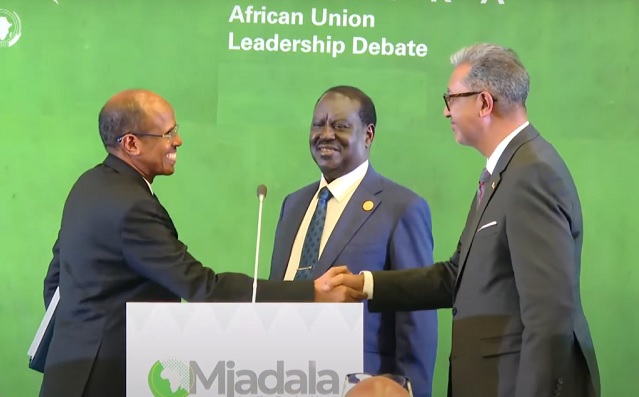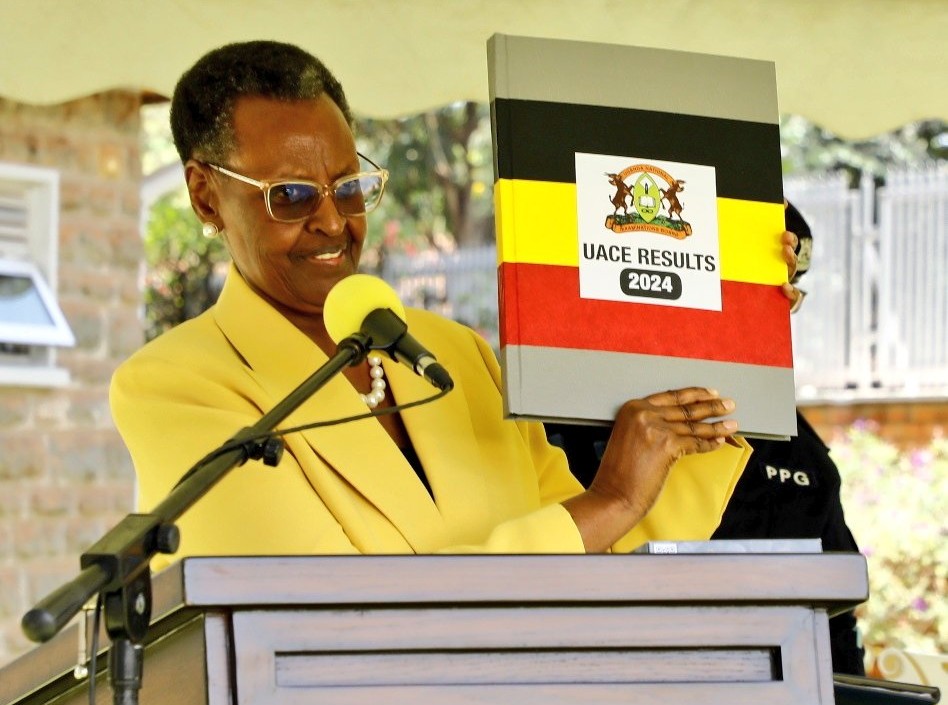Uganda continues to mourn the passing of Rt. Rev. Charles Martin Wamika, the Ordinary of the Diocese of Jinja, whose death has left a deep void among the faithful. His passing has also raised questions among Catholics and the public: What exactly happens when a Catholic bishop — the Ordinary of a diocese — dies?
In Catholic ecclesiology, an Ordinary is a cleric who holds “ordinary” (that is, inherent and not delegated) jurisdiction over a particular local church or diocese. This means a diocesan bishop is the Ordinary of his diocese, exercising full pastoral, administrative, and judicial authority on behalf of the Church within his territory.
The last time Uganda lost a diocesan Ordinary was in April 2021, when Archbishop Cyprian Kizito Lwanga of Kampala Archdiocese passed on suddenly.
Table of Contents:
When a Diocesan Ordinary Passes Away
Vacancy of the See — Sede Vacante
The moment a bishop dies, the diocese enters a state known as sede vacante (Latin for “the seat being vacant”). The bishop’s full jurisdiction ends immediately — the diocese continues to function, but under interim governance.
All Vicar Generals and Episcopal Vicars, whose authority depends on the bishop’s office, also cease to exercise their roles effectively once the see becomes vacant.
Funeral and Memorial Rites
According to Apostolorum Successores, the Vatican directory guiding bishops, the deceased bishop’s body should lie in state in a suitable place for prayer and veneration by the faithful.
The funeral must be held in the cathedral church and is usually presided over by the Metropolitan Archbishop or the Chairman of the Episcopal Conference, with other bishops and the diocesan clergy concelebrating.
Across the diocese, all parishes are expected to hold special prayers for the repose of the bishop’s soul.
Governance During the Vacancy
If the Holy See has not already appointed an Apostolic Administrator (as was the case in Kampala after Archbishop Lwanga’s passing), the College of Consultors — a body of senior priests chosen from the presbyteral council — must, within eight days, elect a Diocesan Administrator to temporarily govern the diocese.
In Jinja Diocese, for example, the College of Consultors includes:
Fr. Benedict Wakabi, Fr. Gerald Muto, Fr. Ronald Isiko, Fr. John Mary Dumbulu, Fr. Joseph Kizito Tibakula, Fr. Charles Anthony Bikina, Fr. Anthony Bukyanagandi, and Fr. John Baptist Mukwaya Kaddu.
The diocesan administrator wields almost all the powers of a bishop but is canonically restricted from making major or long-term decisions. Canon Law (Can. 427–428) mandates that he must preserve the status quo of the diocese and “alter nothing” that would prejudice the rights of the incoming bishop.
If a Coadjutor Bishop had been appointed (a bishop with the right of succession), the see would not fall vacant, since the coadjutor automatically becomes the new diocesan bishop. However, Uganda currently has no coadjutor bishops in any of its 19 dioceses.
Maintaining the Diocese’s Operations
Even during sede vacante, the life of the diocese continues. Parishes operate as usual, sacraments are celebrated, and diocesan offices such as the Ecclesiastical Tribunal remain active.
A priest in one of the diocesan offices explained, “Even when the see is vacant, the tribunals do not cease their function and cannot be removed by the diocesan administrator; they simply await confirmation by the new bishop upon his arrival.”
The administrator can make minor administrative appointments if necessary, though major changes — like assigning pastors or selling property — are generally deferred.
Appointment of a Successor
Meanwhile, the Holy See begins the careful process of selecting a new bishop. Consultations take place through the Apostolic Nuncio and the Dicastery for Bishops (or in missionary territories, the Dicastery for the Evangelization of Peoples). The Pope ultimately appoints the new Ordinary.
Once appointed, the new bishop must take canonical possession of the diocese — often through a solemn installation at the cathedral — marking the official end of sede vacante.
Why This Process Matters
-
Pastoral Continuity: Even without a bishop, the Church remains spiritually and pastorally active. These measures ensure that no faithful are deprived of pastoral care or sacraments.
-
Canonical Order: The transition preserves the legal and administrative integrity of the diocese, ensuring smooth handover and protecting the rights of both the diocese and the incoming bishop.
-
Community Stability: Understanding this procedure reassures the faithful that the Church is never “leaderless.” The system of consultors, administrators, and Rome’s oversight guarantees stability.
-
Symbolic Meaning: The phrase sede vacante — “the chair is vacant” — reminds the Church that while one shepherd’s earthly ministry has ended, Christ’s Church remains alive and guided by divine providence. It is also a call for prayer — for the repose of the bishop’s soul and for the appointment of a worthy successor.
In essence, the death of a bishop marks both an ending and a continuation. The Church pauses to grieve, but her structures, faith, and mission endure — a testament to the unity and resilience of Catholic tradition, even in loss.





